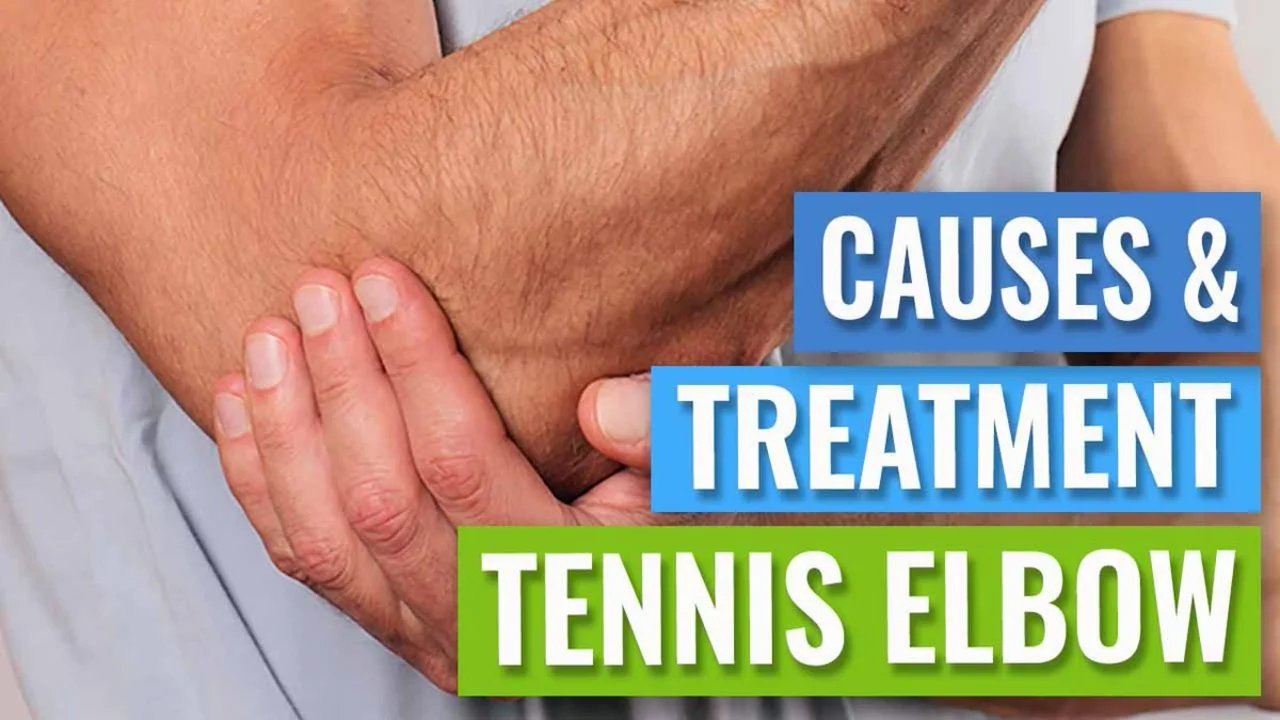Tennis Elbow Treatment: Quick Tips to Get Back on Court
If you’ve felt that sharp, nagging pain on the outside of your elbow after a long practice, you’ve probably faced tennis elbow. It’s annoying, but the good news is you can manage it without months of downtime. Below are the steps most players use to calm the ache, rebuild strength, and return to play faster.
Rest and Ice – First Steps
The first rule is simple: give the elbow a break. Stop swinging racquets, forehands, or any repetitive wrist work for at least a few days. This isn’t quitting; it’s preventing the injury from getting worse. While you rest, apply ice for 15‑20 minutes, three times a day. The cold reduces swelling and numbs the pain enough for you to move comfortably.
During this rest period, keep your arm supported. A light sling or an elbow brace can stop you from accidentally using the sore muscles. You’ll notice that the pain drops noticeably after a couple of rest‑and‑ice sessions, but don’t stop there—next you need to start moving the joint gently.
Physiotherapy and Strengthening
Physiotherapy is the cornerstone of real recovery. A qualified therapist will guide you through specific stretches that improve flexibility in the forearm muscles. One common stretch is the wrist extensor stretch: hold your arm straight, palm down, and gently pull your fingers back with the other hand for 15‑30 seconds. Do this three times a day.
After a few days of stretching, your therapist will add strengthening exercises. Eccentric wrist curls with a light dumbbell (2‑5 lb) are especially effective. The key is slow, controlled motion—lift the weight, then lower it even slower. Aim for three sets of 10‑15 reps, twice daily.
If you don’t have a physio nearby, there are plenty of online videos that demonstrate these moves. Just make sure you start light and stop if pain spikes.
Beyond exercises, consider over‑the‑counter pain relief. Ibuprofen or naproxen can cut inflammation and make the stretches less painful. Use them as directed and only for a short stint—your body still needs to heal naturally.
When rest, ice, and physio aren’t enough after a few weeks, you might explore steroid injections. These are small anti‑inflammatory shots directed into the tendon. They can give a quick reduction in pain, but they’re not a permanent fix. Discuss the pros and cons with your doctor.
In rare, severe cases where the tendon has torn or doesn’t respond to any conservative treatment, surgery becomes an option. Modern procedures are minimally invasive and aim to remove damaged tissue and stimulate healing. Recovery after surgery still involves physio, but you’ll typically be back to light activity in a few months.
What’s the bottom line? Start with rest and ice, move into targeted stretches, then add strengthening. Use pain meds wisely, and only consider injections or surgery if the pain persists beyond 6‑8 weeks despite proper rehab.
Finally, keep an eye on your technique. Bad grip, rapid swings, or a racquet that’s too heavy can all stress the elbow. A quick lesson from a coach on proper stroke mechanics can keep you from re‑injuring the same spot.
Stick to these steps, listen to your body, and you’ll find yourself back on the court sooner than you think. Your elbow will thank you, and you’ll be ready for the next match with confidence.
Health and Wellness

Post - Tennis Elbow Treatment?
After enduring a bout with tennis elbow and going through treatment, I've learned a lot about the recovery process. The treatment primarily involves rest, physiotherapy, and sometimes medication or surgical intervention. Resting the affected arm and avoiding strenuous activity is crucial for recovery. Physiotherapy exercises help rebuild strength and flexibility in the elbow. If these measures don't work, doctors may recommend pain relievers, steroid injections, or even surgery in severe cases.